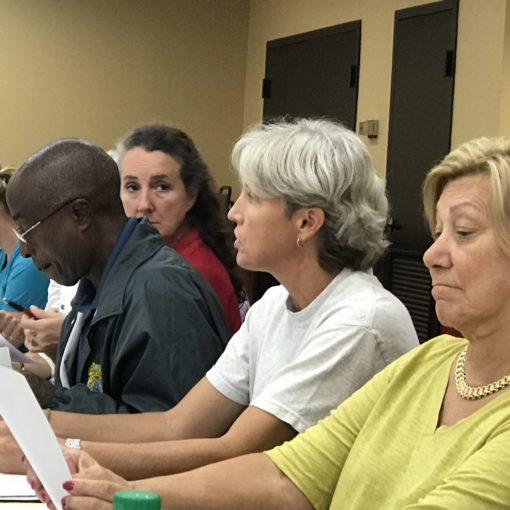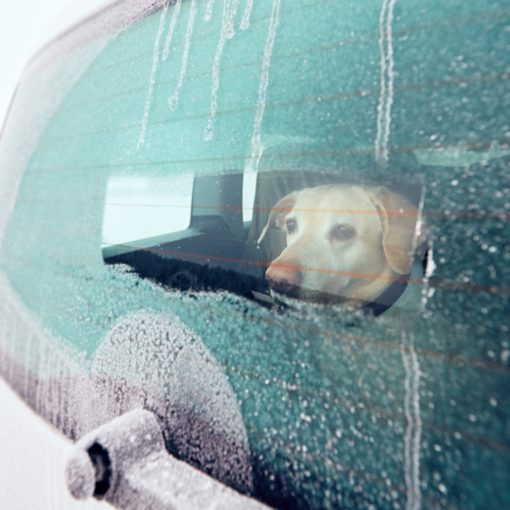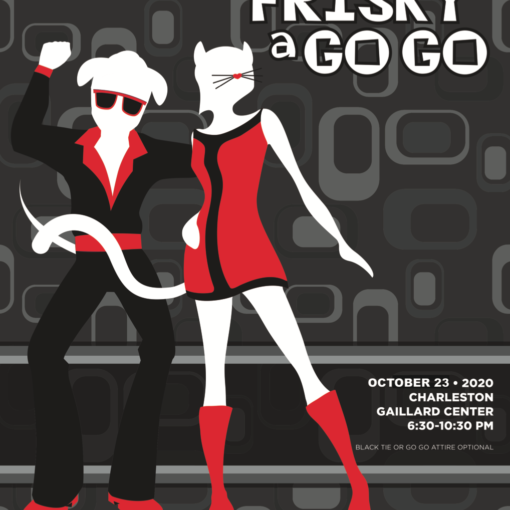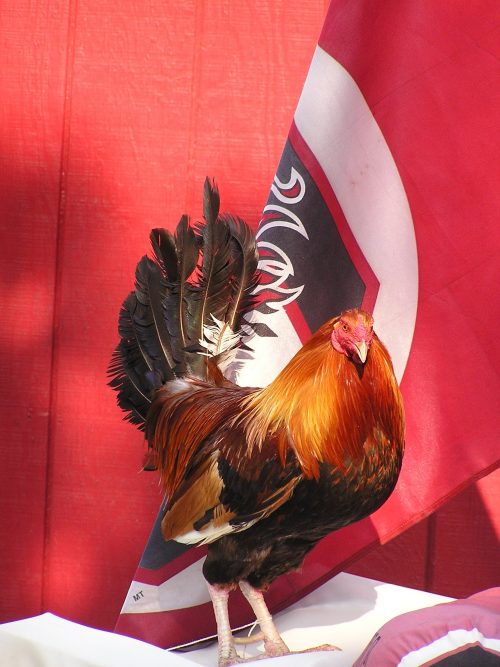Exciting research by the ASPCA suggests there could be at least 1.2 million households—or approximately 2.3 million adults—in the United States with both the resources and desire to adopt horses in need. This discovery indicates that there is a population ready to absorb horses most at risk.
Estimates vary about the number of horses who need homes every year across the country, with the highest estimates edging at close to 200,000. The actual number is likely lower, as that estimate assumes every horse sent to slaughter has no other option—but even if the high estimate was correct, the study indicates there are many homes available for those at-risk horses.
The study Estimating the Availability of Potential Homes for Unwanted Horses in the United States was published in July, 2017 and focused on identifying potential available homes for horses. Data suggests that sufficient adoptive homes may indeed be found and opportunities enhanced so horses could remain in homes they already have.
Below are frequently asked questions about this research.
Q: IT IS REALLY GREAT THAT THERE APPEAR TO BE SO MANY MORE HOMES FOR HORSES THAN SOME HAVE THOUGHT, BUT WHERE ARE THESE HOMES?
We hypothesize that there is a large gap between those who have the strong interest and capacity to adopt a horse and those that have horses in need of homes. As initiatives that enhance advertising and matchmaking resources such as The Right Horse gain ground, we anticipate those gaps will close.
Q: WHY DID YOU USE THE TERM “UNWANTED”?
A: While we would prefer terms such as “at risk” or “homeless” we were pointing to published studies using those terms and the peer reviewers preferred the use of that increasingly antiquated term. It should be noted that when looking at figures for horses sent to slaughter, that population includes some percentage of horses who have been stolen and then resold to slaughter buyers for profit. While national figures for stolen horses are not kept, when California passed a citizen initiative in 1998 banning horse slaughter, the state saw a 34% drop in horse theft in subsequent years.
Q: HOW MANY HORSES ARE IN U.S. RESCUE FACILITIES?
A: According to the Unwanted Horse Coalition there are an estimated 6,000 to 10,000 horses housed by rescues at any given time. This is a fluid number as many of those horses are routinely being rehomed and opening space for additional horses. One U.S. study found the most common horse-related reasons horses were relinquished to rescue organizations were health (54 percent), lack of suitability for desired purpose (28 percent) and behavioral problems of the horses (28 percent). Owner-related factors most commonly reported were financial hardship (52 percent), physical illness or death of the owner (27 percent) and lack of time for the horse (16 percent).
Q: HOW WAS THE SURVEY CONDUCTED?
A: Using an independent survey company through an Omnibus telephone (land and cell) survey, we interviewed a nationally projectable sample of 3036 adults (using both landline and cellular phone numbers) to learn of their interest and capacity to adopt a horse.
Q: WHAT KIND OF RESPONSES DID YOU RECEIVE?
A: Among the 3,036 individuals contacted, 17 percent met our criteria for horse-interested by reporting that they either currently own a horse, want to own a horse in the near future or have owned a horse within the past five years. Nine percent of the horse-interested sample reporting being “very interested” in obtaining a horse under all three scenarios. Further, 46 percent of the horse-interested sample reported having the necessary resources to house and care for a horse.
Q: I SAW AN ESTIMATE OF ABOUT 2.3 MILLION POTENTIAL HOMES. HOW WAS THAT ESTIMATE MADE AND WHY DID THE MANUSCRIPT USE A DIFFERENT NUMBER?
A: That original estimate was based on the number of adults living in the U.S. The estimate used for the manuscript was based on an estimate for the number of households as opposed to the number of adults. The reason for using a number of households as opposed to the number of adults was based on the journal and peer reviewers’ convention. Both of these estimates are accurate estimates.
Q: CAN I READ THE ENTIRE RESEARCH REPORT?
A: The report, authored by Dr. Emily Weiss, Dr. Emily Dolan, Heather Mohan-Gibbons, Shannon Gramann and Dr. Margaret R. Slater, is available to read free of charge in the journal Animals (http://www.mdpi.com/2076-2615/7/7/53).
Reprinted with permission from ASPCA.





